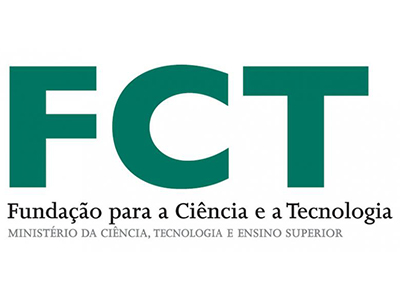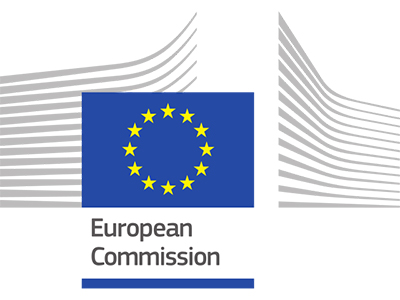Description
Ceramics manufacturing is a major industrial sector in Europe, it records total sales of around 25.6 billions Euros and employs 240.000 people. While the EU single market has stimulated further concentration in the industry, small and medium-sized companies tend to predominate this sector: 90% of the European Ceramics companies are SMEs and the majority of them actually employs less than 25 people. However, it is especially important to contribute to maintain the competitiveness of European ceramic industries against emerging countries by improving yields, demonstrating greater flexibility and reducing costs. To reach these objectives, additives have a valuable role to play. Even if they are typically added at low levels (0.1 to 2 wt%) organic additives play a vital role in attaining high yields and improved end-product properties in ceramic manufacturing. However, given the large range of organic additives available and also due to the lack of communication between additive suppliers and ceramic manufacturers, SME companies are in danger of falling behind in their knowledge on additives. Currently, the use of these additives is often performed on a trial and error basis. That is why, there is a strong need to research and promote awareness of what are the best additives and the optimum dosage level to add. To answer to these needs, this project proposes: - To understand the relationship between additive and ceramic product properties, - To investigate the performance of different additives on both traditional and emerging processes and materials, - To develop a Web-based platform in order to help industrials involved in ceramic manufacturing to identify and select appropriate speciality additives. This project will be usable by the whole different sub-sectors of ceramic industry, which are Sanitaryware, Tableware, Ceramic tiles, Heavy clay, Refractories, Advanced Ceramics.
Main Local Researcher
Coordination
CERAM RESEARCH LTD<br />United Kingdom
Partners
AGORAMAT - PRODUCAO DE MATERIAIS CERAMICOS, LDA; Portugal; AKADEMIA GORNICZO-HUTNICZA IM.STANISLAWA W KRAKOWIE; Poland; ASSOCIACAO INDUSTRIAL DO DISTRITO DE AVEIRO; Portugal; ASSOCIACAO PORTUGUESA DA INDUSTRIA DE CERAMICA; Portugal; BRITISH CERAMIC CONFEDERATION; United Kingdom; CENTRO TECNOLÓGICO DA CERÂMICA E DO VIDRO; Portugal; CER. INVEST S.R.L.; Italy; COMMERCIAL CLAY; United Kingdom; CONFINDUSTRIA CERAMICA; Italy; CONSIGLIO NAZIONALE DELLE RICERCHE; Italy; DOMINO INDUSTRIAS CERAMICAS S.A.; Portugal; EUROCOATING S.P.A.; Italy; FABRYKA NACZYN KAMIONKOWYCH MANUFAKTURA; Poland; FEDERAZIONE NAZIONALE DELL'INDUSTRIA CHIMICA - CERAMICOLOR; Italy; FEDERCHIMICA (FEDERAZIONE NAZIONALE DELL'INDUSTRIA CHIMICA) - FEDERCERAMICA; Italy; GRAF S.P.A.; Italy; HYBNER A S; Poland; INCO INDUSTRIA COLORI S.R.L.; Italy; INTERNATIONAL SYALONS (NEWCASTLE) LIMITED; United Kingdom; NOEMI CERAMICHE S.R.L.; Italy; PARKINSON-SPENCER REFRACTORIES LIMITED; United Kingdom; PASTCERAM - PASTAS CERAMICAS, S.A.; Portugal; SOFCPOWER S.R.L; Italy; STAR-DUST; Poland; TENMAT; United Kingdom; UNIVERSIDADE DE AVEIRO; Portugal; UNIVERSITA DI MODENA E REGGIO EMILIA; Italy; VULCAN REFRACTORIES LIMITED; United Kingdom
Sponsors






